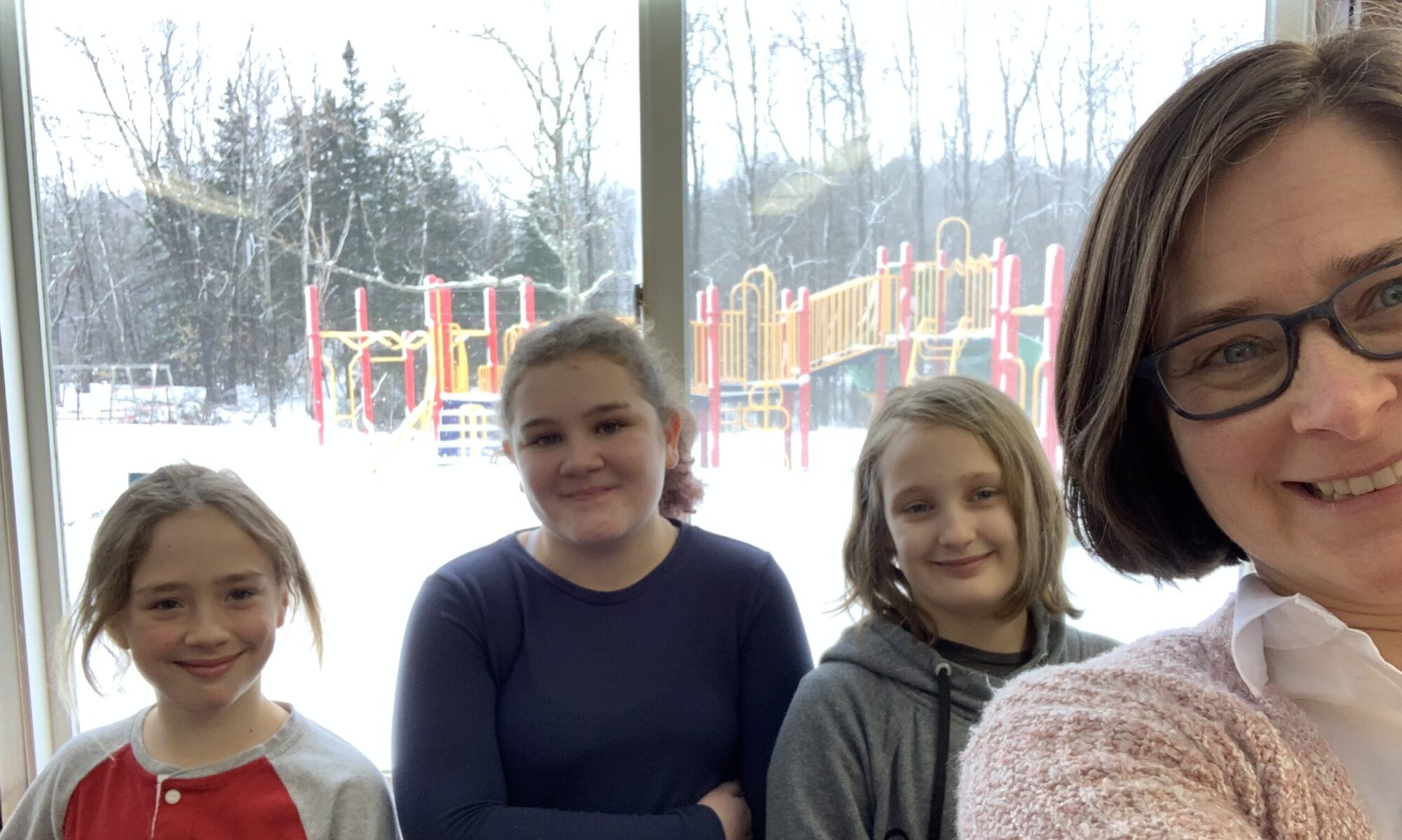Reviving Manchester’s past through oral histories & 3D printing
 With support from the local historical society, 7th graders in Manchester VT set about documenting the history of individual buildings during the town’s 1910 heyday. They went on walking tours, interviewed longtime residents, dug through old historical documents and photos, produced a documentary for each building and even created 3D-printed scale models of each building, for their ongoing town map. And community members, in return, appreciated the interest these students took in the town’s history.
With support from the local historical society, 7th graders in Manchester VT set about documenting the history of individual buildings during the town’s 1910 heyday. They went on walking tours, interviewed longtime residents, dug through old historical documents and photos, produced a documentary for each building and even created 3D-printed scale models of each building, for their ongoing town map. And community members, in return, appreciated the interest these students took in the town’s history.
All of which begs the questions: What does it really mean to know your town’s history? And who knows your town’s history?

When the seventh grade team at Manchester Elementary Middle School designed this powerful place-based learning experience, students were highly engaged and motivated by the authentic task. They learned to see town elders as storytellers, keepers of Vermont’s history. They learned cartography, math for 3D printing, interviewing and video production skills. Plus they leveled up on their transferable skills by having to set up the interviews, and manage their project timelines.
But then something unusual happened. Community members became intrigued by the project. They stopped and stared at the collection of young Vermonters busily measuring buildings and shooting video interviews. And they wanted more information about the project. The dialogue expanded, until Manchester’s whole community rallied round the project, and involved themselves in supporting it. Longtime residents and newcomers alike began to see the town — and its young Vermonters — with new eyes. Local legends received validation and recognition for sharing stories of their town’s past. And the two groups, the students and the townspeople, came together in actively documenting a dormant part of Manchester’s storied past.
“These are the people in your neighborhood, in your neighborhood, in your neigh-bor-hoooood”
MEMS educators Kraig Hannum and Scott Diedrich had run the project several years ago, focusing on a different area of Manchester. They began this round by again reaching out to several local historians, including the director of the Manchester Historical Society. The director, Shawn Harrington, recommended that students focus on Manchester’s “Depot district”. At the turn of the 19th century, this neighborhood was bustling due to the railroad and businesses associated with the region’s marble industry. The Historical Society then led students on a walking tour of the district, and provided them with access to photos, maps, blueprints and other documents that could help tell the story.
No snow day at MEMS today! Students learning about the local history from Mr. Harrington & Mr. Badger pic.twitter.com/LgGZnydb8w
— . (@scienceisgreat) November 28, 2018
As students became acquainted with the town’s history, they got into groups and each focused on a particular building or structure.
One group, for example, focused on a still existing building that once housed the town’s steam laundry. It now contains a thirty year-old fixture in the town, Kilburn’s Convenience Store. Manchester resident Cynthia Kilburn opened her store and her stories to MEMS students. She showed them around the building and told them everything she knew about the steam laundry’s vivid past. Her recollections and memorabilia formed the heart of the students’ short documentary film. They combined information from her interviews with the historical society’s archive of documents to produce a heartfelt and compelling video. It was a gift to the town and its residents.

What started as inquiry using local resources became a true partnership between the people of Manchester and the seventh graders in the town. It created a connection and sense of pride between school and community. Teacher Kraig Hannum reflected,
“I’m hoping the community will see that we still value local history – that the kids are out there still learning these things. They are not just on their technology and focused on the here and now.”
Teachers on the team worked overtime to facilitate and coordinate this unit.
Scott Diedrich teaches math and science at MEMS; Kraig Hannum teaches social studies. But for the two of them, combining the disciplines for this authentic integrated unit made sense. After all, the real world doesn’t separate out your math from your history, so why would students’ schoolwork?
As students explored the buildings that made up this important historical period, they learned about scale and measurement. When students went out into the community to interview and research the history of buildings, they also used measurement tools to capture the approximate dimensions of the existing structures. In their groups, they entered the measurements into free Tinkercad software to design a scale miniature replica. Once they had the scaling correct, students used school 3D printers to create physical models of their buildings. With all of the students working together, the team recreated a largescale map of the Manchester’s Depot as it existed back in 1910. The map currently resides on one wall of Hannum’s classroom, but will soon be on display at the Manchester Community Library.
When all is said and done, this is a project about belonging.
It’s about the sense of belonging that students can feel when they learn more about their town – from its people. That students can feel like a part of that history that matters. And that there’s a sense of mutual respect and honor when we allow young Vermonters to learn and tell its town’s precious stories.
- How could you engage your students in learning about their local history?
- In what ways could you collaborate with your historical society?
- How could 3D printing bring something to life for your students?
Be sure to check out the rest of MEMS’ hyperlocal documentaries! We can’t wait for the next installment in this vivid look at Manchester’s past.



